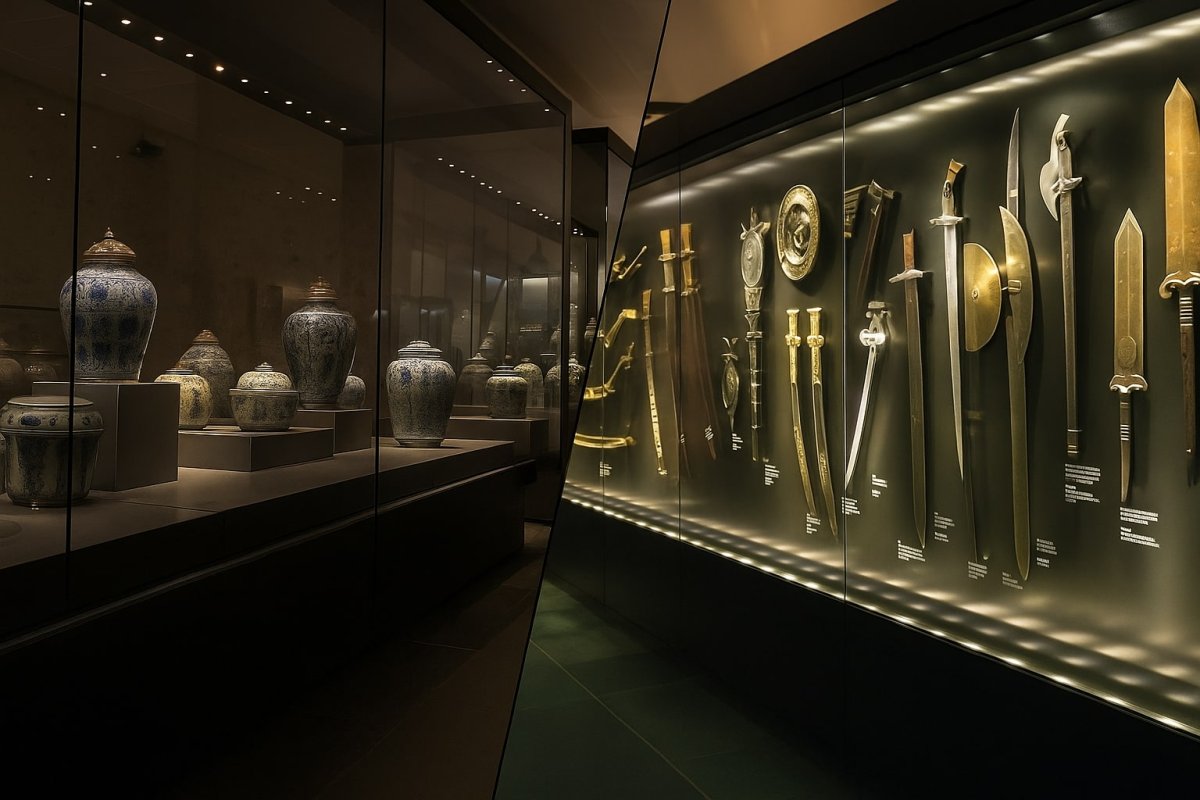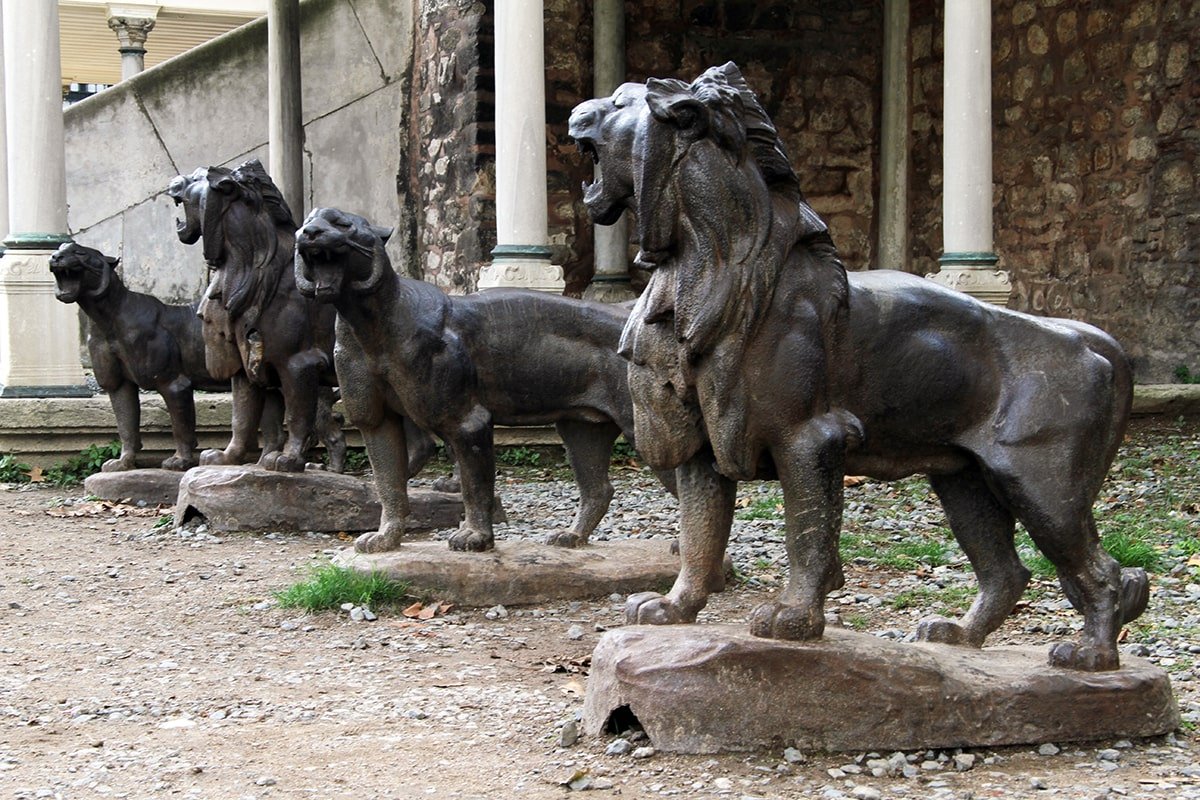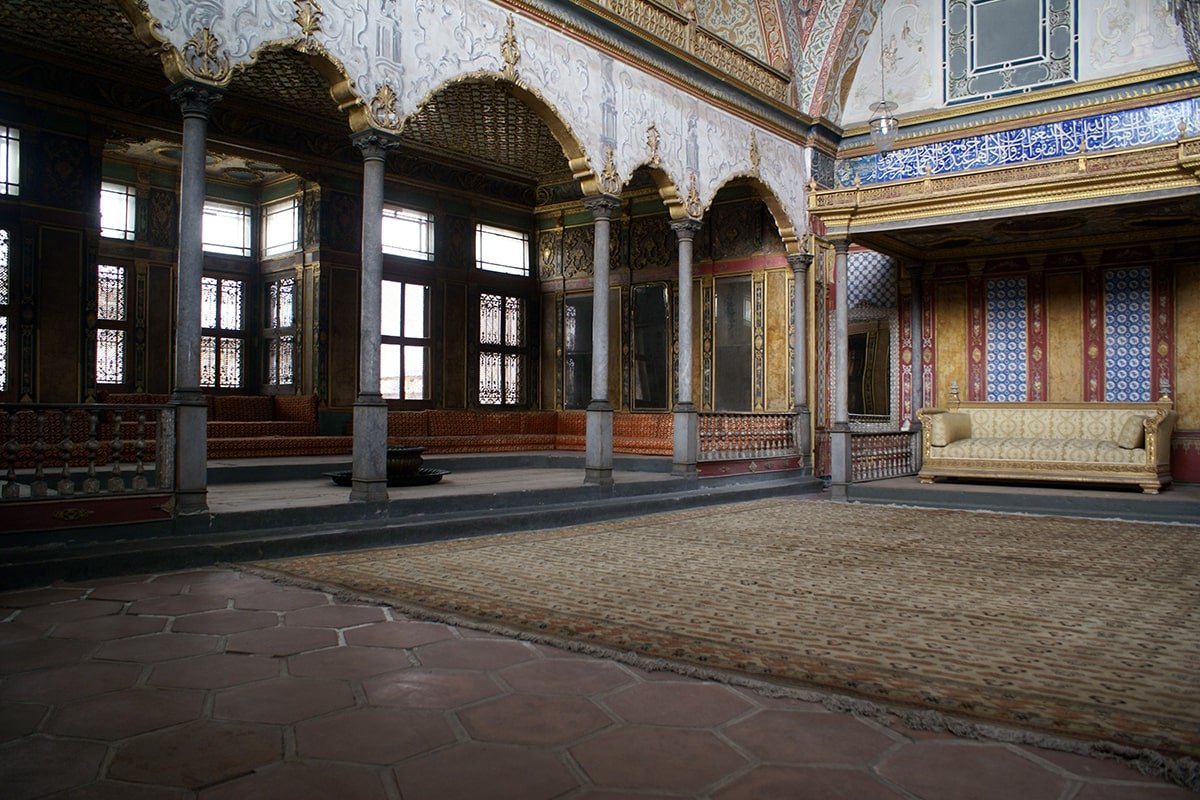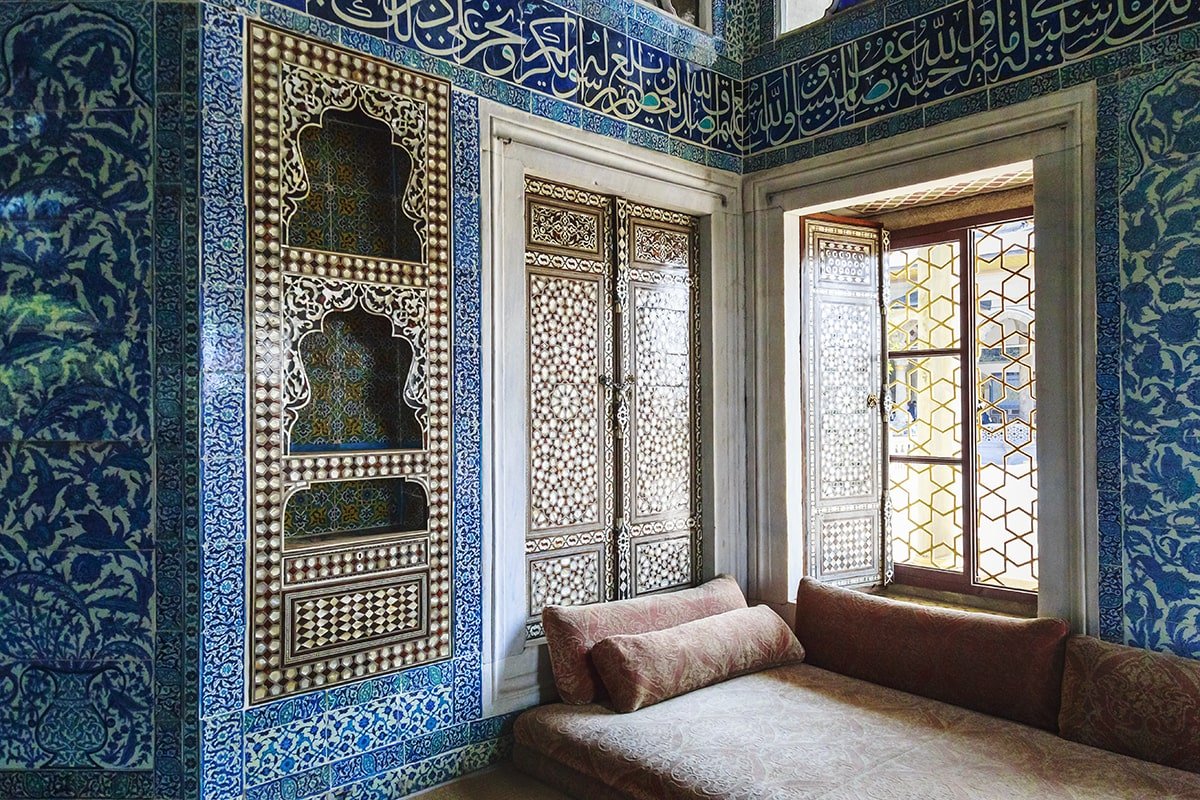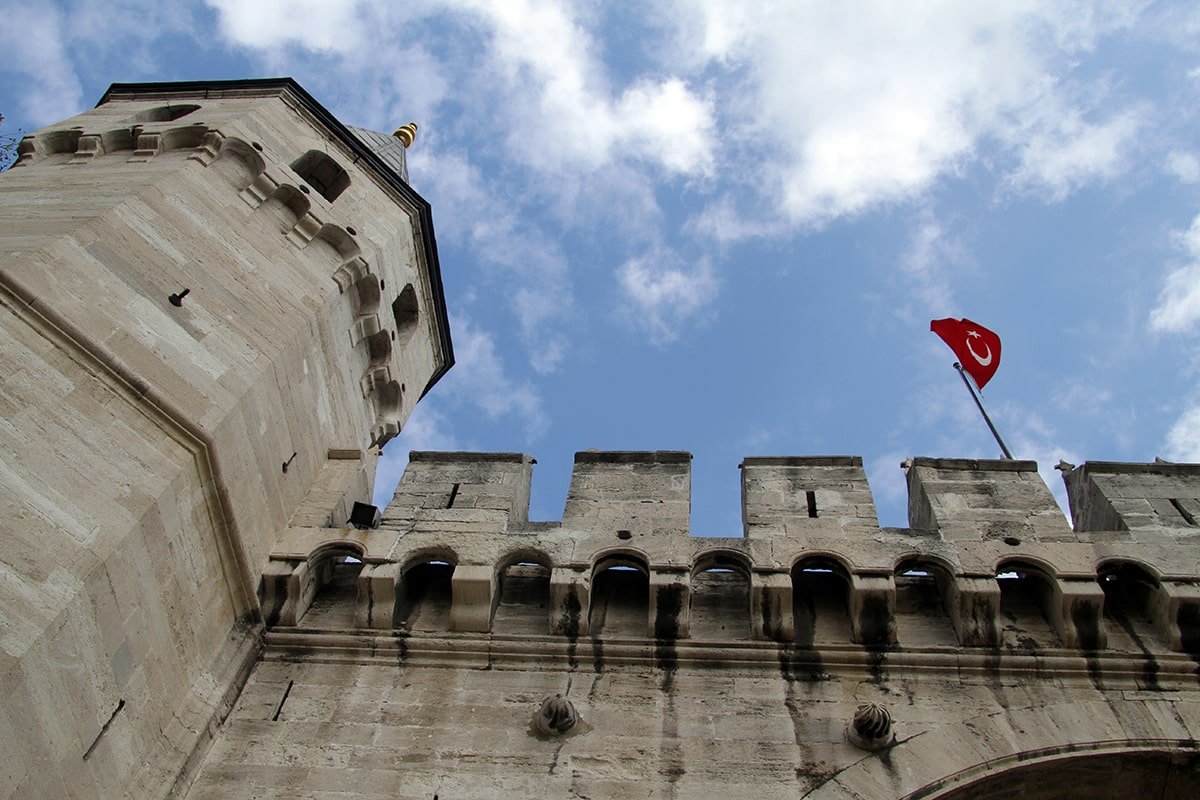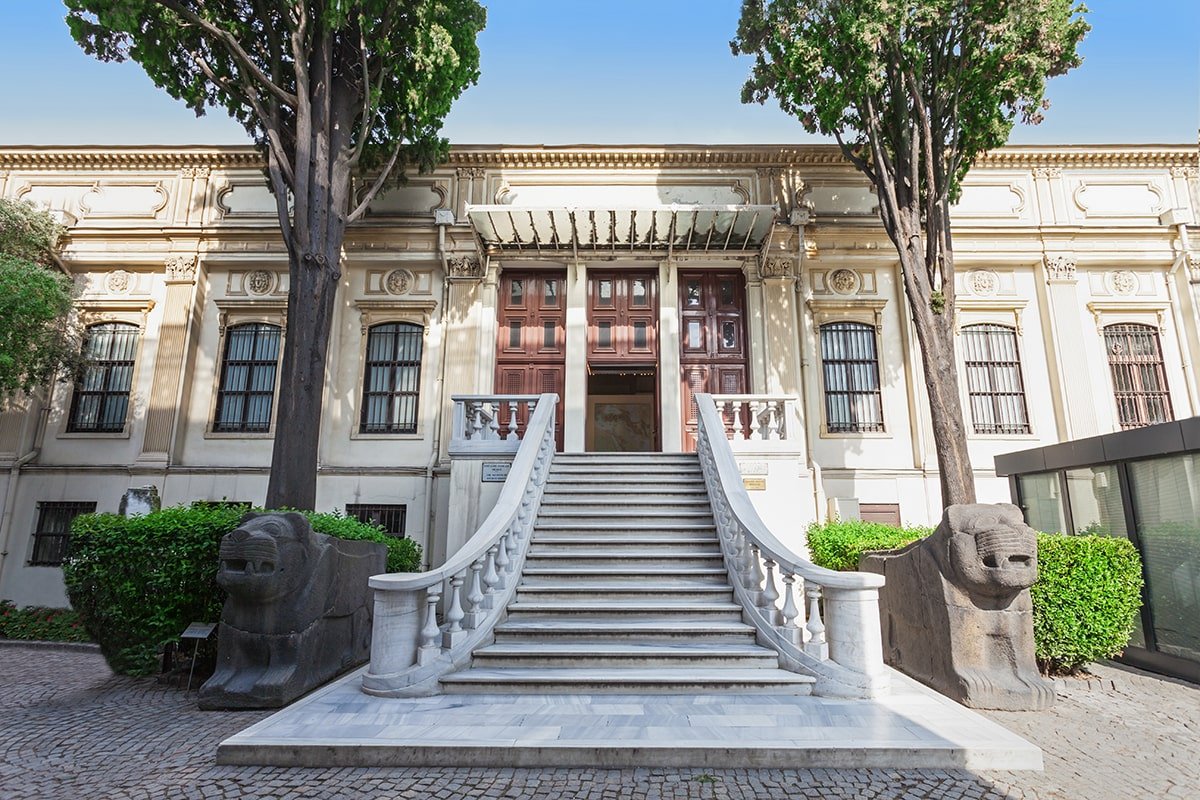The collections of Topkapi Palace are among the most extraordinary in the world, reflecting centuries of Ottoman power, diplomacy, and cultural exchange. Beyond the architecture and courtyards, the treasures inside the palace reveal stories of artistry, religion, and daily imperial life. Here’s a guide to the collections you should not miss—from fine porcelain to exquisite manuscripts.
The Chinese Porcelain Collection
One of the largest collections of Chinese porcelain outside China, the Topkapi Palace porcelain halls display nearly 10,000 pieces. Ranging from the Song, Ming, and Qing dynasties, these objects arrived as diplomatic gifts or luxury imports. Delicate blue-and-white bowls, celadon dishes, and intricately painted vases highlight the Ottoman taste for refined dining and artistry.
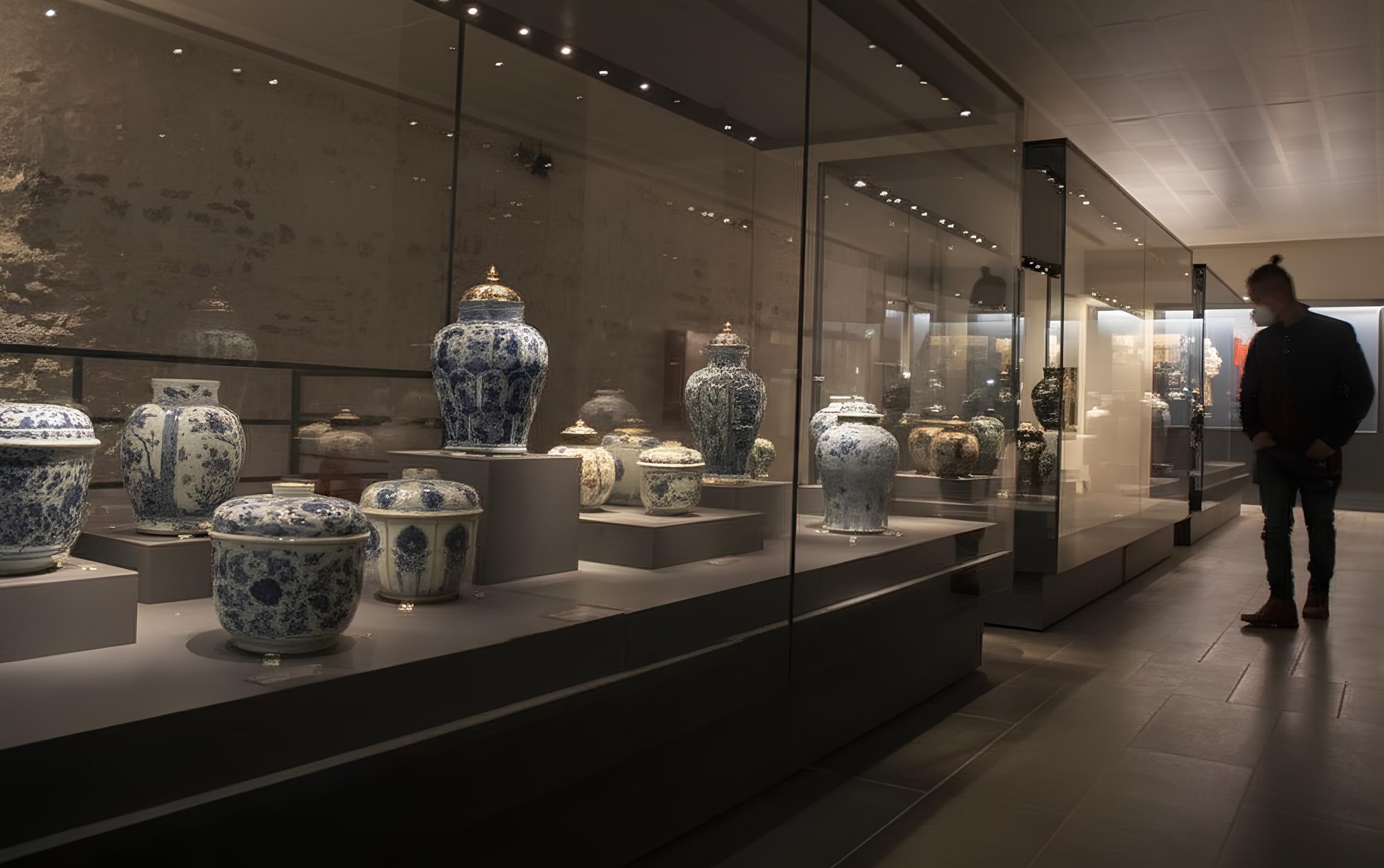
Manuscripts and Calligraphy
The palace’s Library of Ahmed III holds thousands of manuscripts, many decorated with gold leaf and intricate miniatures. These works preserve Islamic scholarship in theology, medicine, astronomy, and poetry. The Holy Quran manuscripts housed here are masterpieces of calligraphy, representing centuries of devotion and art. Visiting this section allows you to glimpse the intellectual richness of the Ottoman court.
Weapons and Armor
Far from just military tools, the Ottoman weapons collection is a showcase of craftsmanship. Swords inlaid with gold, jewel-studded daggers, and ceremonial shields highlight the artistry of imperial armorers. Each piece reflects the prestige of the sultans and the ceremonial grandeur of the empire’s armies.
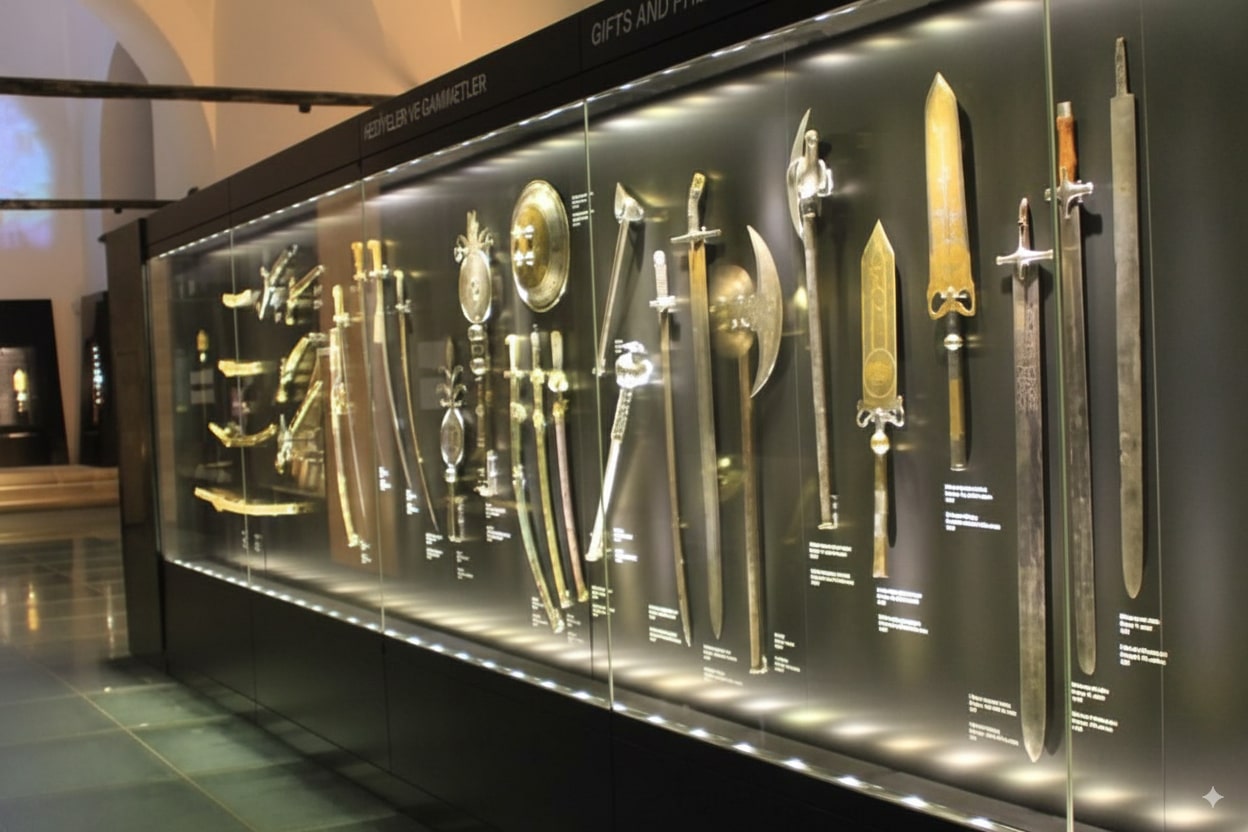
Jewelry and Imperial Gifts
The Treasury houses opulent imperial jewels, from emerald-studded thrones to the famous Spoonmaker’s Diamond. These dazzling objects not only impress with their beauty but also serve as symbols of diplomatic power, often received as gifts from foreign rulers.
Everyday Objects of the Palace
Among the collections are more intimate objects—silver serving sets, crystal cups, and ornate textiles. These items offer a glimpse into the daily lives of the sultans and their families, blending functionality with refinement. Each detail illustrates how art was present in even the smallest aspects of palace life.
Planning Your Visit
The collections are spread across several courtyards and halls, meaning a ticket to Topkapi Palace gives you access to a variety of treasures. To see the highlights without rushing, allocate at least half a day. For art and history enthusiasts, a full day may be necessary.
Conclusion
The collections of Topkapi Palace are more than just displays of wealth; they are windows into centuries of global exchange, devotion, and artistry. From the shimmering porcelain halls to the quiet manuscripts, each artifact tells a story of an empire at the crossroads of East and West. Don’t miss the chance to explore them during your visit.
